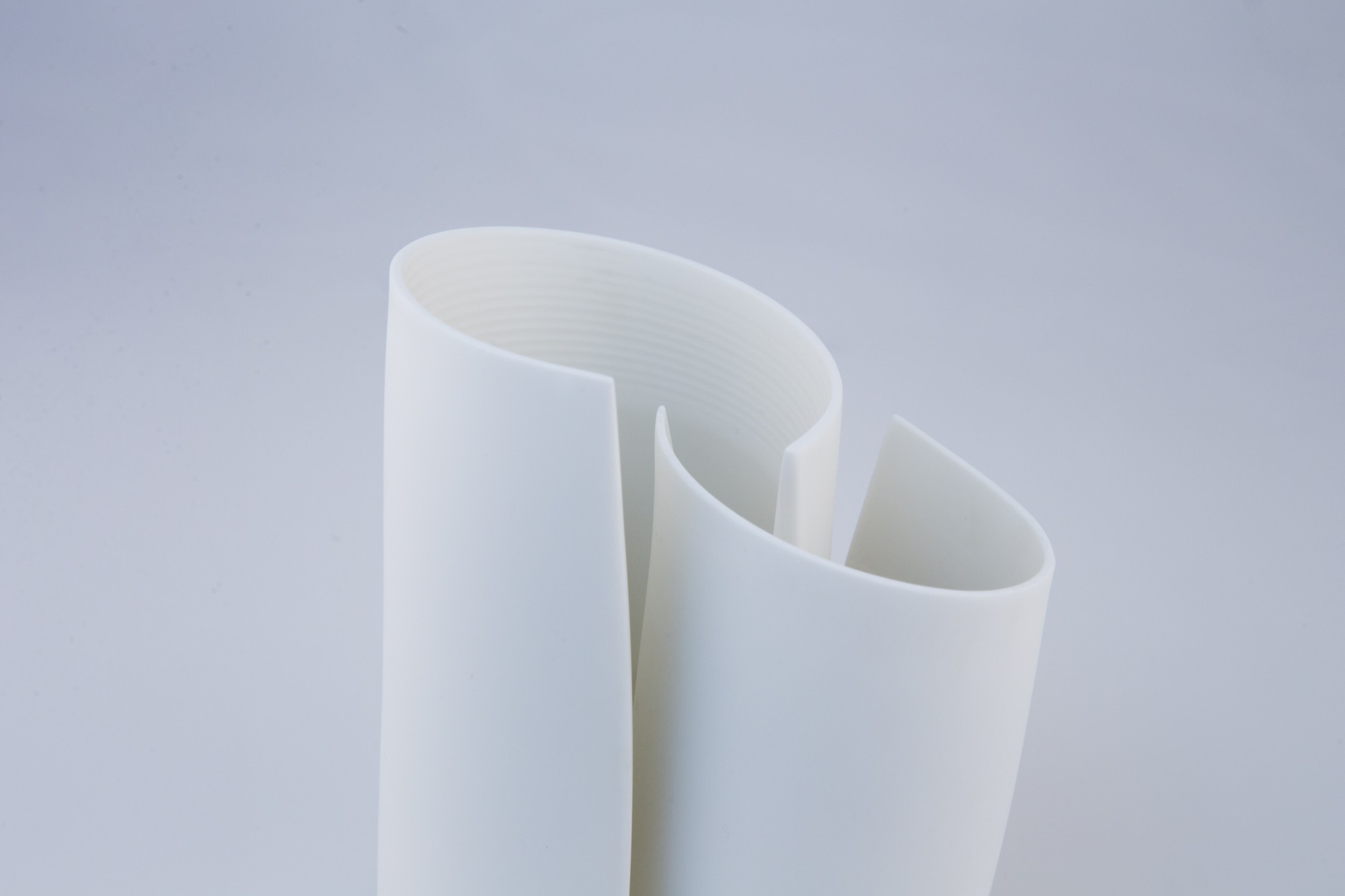

Today we’d like to introduce you to Jada Schumacher.
Hi Jada, so excited to have you with us today. What can you tell us about your story?
Hello! I’m the Founding Director of designorange, a materials-obsessed design studio and color brand consultancy in Austin and New York City. I have more than 20 years of experience as a designer – in architecture, interiors, and product design. My clients include global top twenty ranked luxury companies, art museums, and independent home goods companies. I am a Professor at the Fashion Institute of Technology and Color Certificate Instructor for industry professionals. I’m also an international color and trend reporter for the Government of Japan. (Think voyaging to Rue Montaigne to report on crazes in Parisian fashion or trekking Mexico City to discover chromatic trend overlaps in retail merchandising and contemporary art.)
I fell in love with Austin when I went to architecture grad school at UT. (Really, who doesn’t fall in love with Austin?) I later got a Master of Fine Arts in 3D Design from Cranbrook Academy of Art in Detroit. I exhibit color installations around the globe in cities such as Budapest, Stockholm, Tallinn, and Zurich (from the Centre Pompidou to the International Contemporary Furniture Fair NYC). As a global designer and educator, I also present chromatic lectures at venues such as the El Salvador Color Week Conference and Harvard University.
I’m sure you wouldn’t say it’s been obstacle free, but so far would you say the journey has been a fairly smooth road?
My teaching job is in New York City, so I zip back and forth between Austin and NYC. This can be a challenge (but also a joy to indulge in both worlds). Here, in Austin, I eat spicy warm-hued foods and stare at light-drenched limestone facades that produce a pronounced orange glow fading to a humid violet by nightfall. I can retreat from the chaos of New York City to swim laps at Big Stacy and kick back to get design work done at Mañana or Meteor. I can’t get enough of Austin’s own Fronks brand nut milk in a perfectly poured cappuccino. Bliss.
We’ve been impressed with designorange, but for folks who might not be as familiar, what can you share with them about what you do and what sets you apart from others?
Artists and designers should make meaningful work that matters. Good design should make your life better, sweeter, more intentional. I take that challenge seriously. I offer people the experience of “storing” oranges in a painting (works such as Still Life With Oranges that the purchasing collectors say feels like a Buddhist meditation) and sitting on public art inspired by the community (concrete tuffets in hot pink and orange near a Dunkin Donuts in Detroit, for instance). I created a two-volume magazine, Touching Color, to finish up my sabbatical year living in Mexico and Argentina. I focused on the haptic, the influence of the perception of touch, in design and how it can change lives. Or, maybe just enrich a few minutes. I’m happy with that, too.
Every day is an exquisite luxury. I say, see contemporary art and go to outrageous performances. Go to concerts (Sigur Rós.at Austin City Limits, anyone?) Watch movies. Walk through boutiques on South Congress and touch nice fabrics. Travel in your own town. Travel somewhere far away. Travel somewhere that smells like curry or anise or dirt or honey.
I hope that my work can bring a bit of this essence to you — an experience outside of the normal daily saturation of digital input and mindless shuffling. Be it a salmon-colored wall or an oversized bracelet inspired by utopian World’s Fair architecture, I hope that my work encourages participatory introspection, connection with place, and thoughtful global living.
Are there any apps, books, podcasts, blogs or other resources you think our readers should check out?
Bitten By Witch Fever: Wallpaper & Arsenic in the Nineteenth-Century Home (Color moment side note: many think that Napoleon was killed by the color green. Yes, it’s true. He fared many battles but succumbed to stomach cancer due to his jungle green wallpaper. As he holed in and soaked in his steamy baths, he released arsenic gases from the wallpaper’s green. Traces of the vicious, beautifully-hued mineral were found in his body post-mortem. Alas, green can be deadly. But, long live the exquisite non-poisonous patina-colored paint dubbed “Arsenic” by Farrow and Ball. It a go-to for adding a bit of zing to your house or office.)
Possession by A.S. Byatt. I was so entranced by the color words in this book that I created “The Color Sequences Project.” In essence, here’s the scoop: Crack open the hue-laden tales of British author A.S. Byatt to indulge in chromatic storytelling at its finest. Each color word from a chapter or short story of Byatt’s text is matched with a Pantone Color Matching System hue. The colors are lined up into even vertical strips in the exact order they arise in the texts… Hallelujah. You’re as lucky as those Latin-illiterate medieval folk under the colorful glow of cathedral stained glass. Colors deliver the narrative and the punch line of an entire book without you having to read one darn word.”
Barragán – Space and Shadow, Walls and Colour by Daniele Pauly. A poetic color voyage to meditative Mexican modernist masterpieces.
Invisible Cities by Italo Calvino. A snapshot of a city from wacky social spatial perspectives. A city where each person leaves a string residue and, once the city is too webbed, the inhabitants just step out and start again somewhere else. A city of mirrors reflecting our bests and worsts. A world seen through conduits of pipes and water. Yes, the stories are all supposed to be about Venice, but they could explain complex human interactions in any magical metropolis out there.
Gathering Moss: A Natural and Cultural History of Mosses by Robin Wall Kimmerer. Don’t be tricked. It’s more memoir than science tome. The author is a member of the Bear Clan tribe and is a fantastic storyteller. It’s a book that reminds you to really look and really see. To really listen. To really experience. My favorite quote: “Life [exists] only because of a myriad of synchronicities that bring us to this particular place at this particular moment. In return for such a gift, the only sane response is to glitter in reply.” She’s referring to Schistostega, an underwater moss – with cells shaped as if diamond cut – that improbably glistens from the small amount of reflected light from the water’s surface.
Adobe Kuler app — Grab colors from art museums, lichen on rocks, your plate of migas, or anything around you. The app spits out numbers of the colors to plug into creative software to use in your design projects.
Hill Country Deco: Modernistic Architecture of Central Texas by David Bush. Uh-huh. It’s worth the drive to Taylor or Fredericksburg to check out the 1930s gems our state has to offer. I scored this book at Austin Antique Mall, and what a find.
Cereal magazine. A travel lifestyle glossy in serene neutrals with gorgeous layouts and a well-curated flavor of modern-meets-obtuse content.
Contact Info:
- Website: www.design-orange.com and www.jadaschumacher.com
- Instagram: @design_orange





















